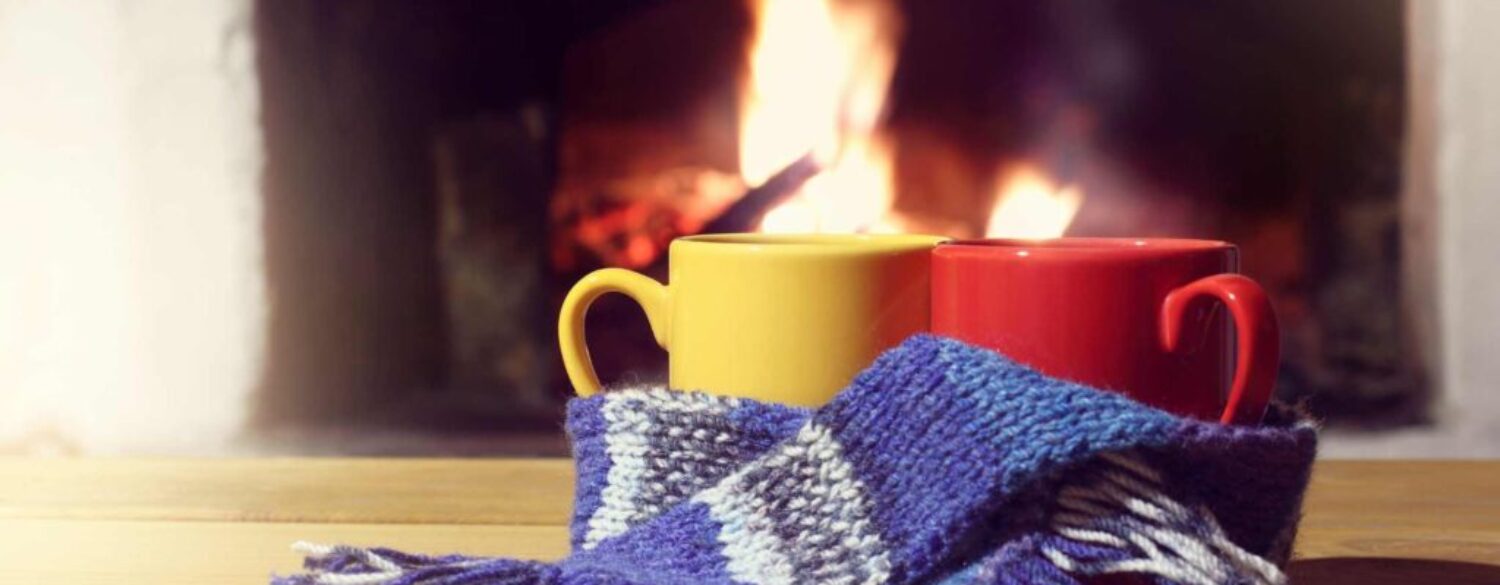You want your home to be warm and comfortable during the winter, but sometimes the cold finds its way indoors. There are some steps you can take before winter and during the colder months to keep your home warm. Read on for 9 tips that may help keep your home warm without increasing energy costs.
1) Make sure doors and windows are properly sealed
Window caulking is a good way to seal your windows for winter, and it can be done in a few easy steps. Heat shrink film is another good idea for windows, while door draft stoppers can combat cold air coming in through the bottom of a door.
2) Use dampers effectively
A damper is a plate that controls the flow of air through a home’s ductwork, and knowing how to adjust them to regulate temperatures can keep your home comfortable. Because hot air rises, you can close the dampers on ducts going to the top floors of your home, and open the dampers for the lower floors so those areas stay warm.
3) Clean the vents
Clean out your HVAC system at least once per year to help ensure proper airflow and decrease the amount of indoor allergens. When the coils in your HVAC system become dirty, it can take up to 30% more energy to heat your home in the winter, so keeping them clean means your HVAC works more efficiently.
4) Check your insulation
Insulation slows down the movement of heat so it doesn’t escape your home. During the summer or fall, examine your insulation for signs and damage and replace if necessary.
5) Change furnace filter
Your furnace is the starting point to heating your home during the winter, and similar to cleaning your ducts, your furnace filter should also be maintained. A dirty or clogged furnace filter can lead to cold spots where airflow is blocked by particles and dirt settling on the system’s components, so switching it out for a clean one is key to keeping your home warm and energy costs down.
6) Install a programmable thermostat
A programmable thermostat automatically adjusts the temperature based on the settings you put into the system. This kind of thermostat also allows rooms to be heated independently, so you don’t have to heat the guest room if no one is staying over. You can also adjust temperatures according to your schedule. For example, if you leave the house in the morning and don’t return until the evening, you can lower the temperature for when you’re away and program it to increase when you arrive.
7) Use ceiling fan in reverse
Did you know fans can complement your home’s heating system? When you reverse the motor and turn the fan down to low speed as it spins in counterclockwise direction, it creates an updraft that forces warm air down.
8) Close your fireplace flue
During the winter, your home’s heat can escape through the fireplace. You can permanently close off your chimney, or if you still want to use it, you can close the chimney flue or damper.
9) Prevent rapid cycling
Also known as “short cycling,” this is when an HVAC system turns on and off every few minutes because it fails to reach the set temperature before turning off. Some causes of rapid cycling include dirty air filters, improperly sized units, refrigerant leaks, electrical issues, or frozen evaporator coils. You may be able to solve some of these issues by replacing the air filter or defrosting the coils.
If you think your home could use an inspection, call South Sound Inspections today to schedule an appointment with an expert.



